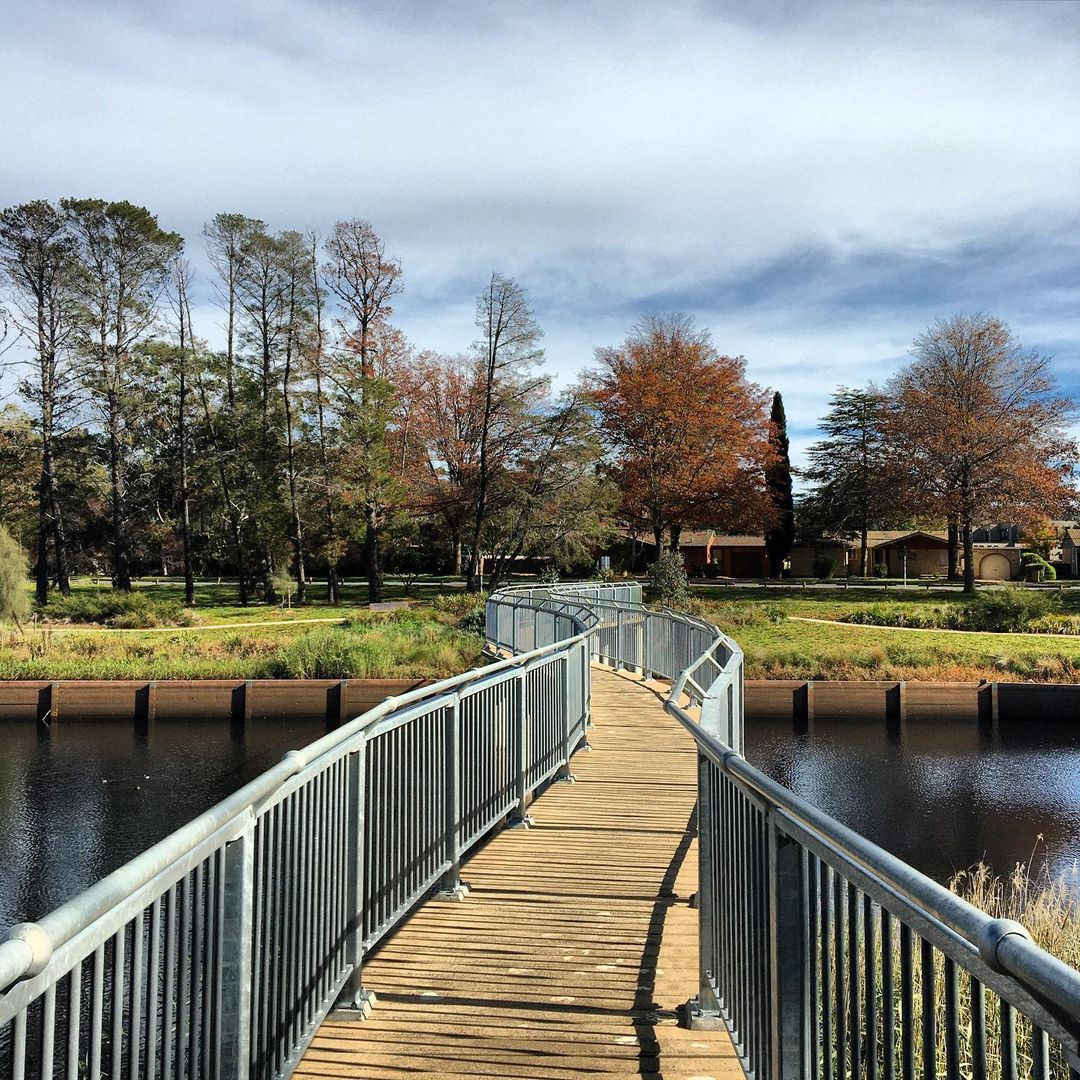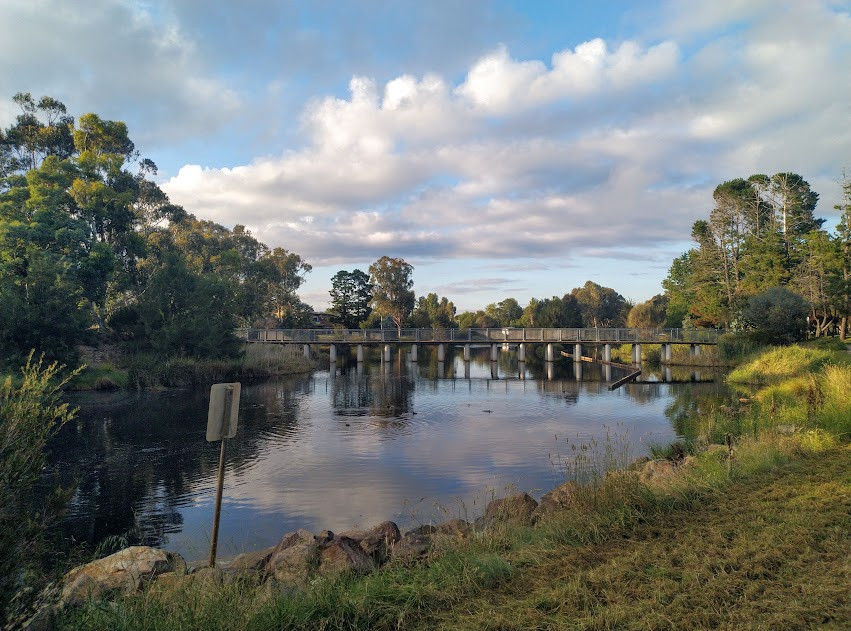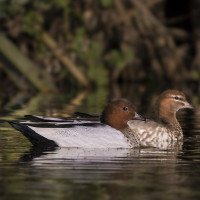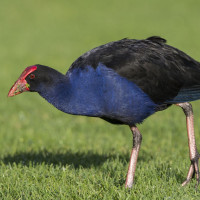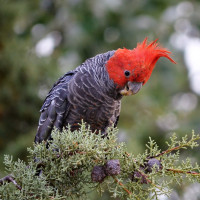Opis
Lyneham Wetland is a significant ecological site within the Sullivans Creek catchment. The wetland is fringed by tall reeds and aquatic plants, which provide critical habitats for a variety of bird species. Well-maintained walking paths surround the area, enabling visitors to engage with the natural environment.
Common duck species at Lyneham Wetland include Australian Wood Duck, Grey Teal, Pacific Black Duck, and Hardhead, along with various cormorant species such as Little Pied Cormorant, and Great Cormorant. Eurasian Coot and Dusky Moorhen are also frequently spotted at this location. In the reeds, you will often see and hear the Australian Reed Warbler especially during the summer months before migration, while a variety of parrots inhabit the eucalypt and other tree plantations along the nearby streets, including Sulphur-crested Cockatoo, Little Corella, Eastern Rosella, Crimson Rosella, Rainbow Lorikeet, Gang-gang Cockatoo and more. Other familiar suburban birds in the area sighted here include Pied Currawong, Australian Magpie, Spotted Pardalote, Red Wattlebird, Superb Fairywren, Noisy Miner, and White-winged Chough. See an in-depth birdlist below.
Szczegóły
Dostęp
Accessing Lyneham Wetland is convenient, situated a 9-minute drive from the city centre of Canberra. Ample parking is available near the wetland along Goodwin and/or De Burgh Street, ensuring easy access for visitors. Click on a P in the map for directions or coordinates. Whether arriving by car or public transport, the wetland's accessibility makes it a welcoming natural escape within close proximity to the city or the surrounding streets.
